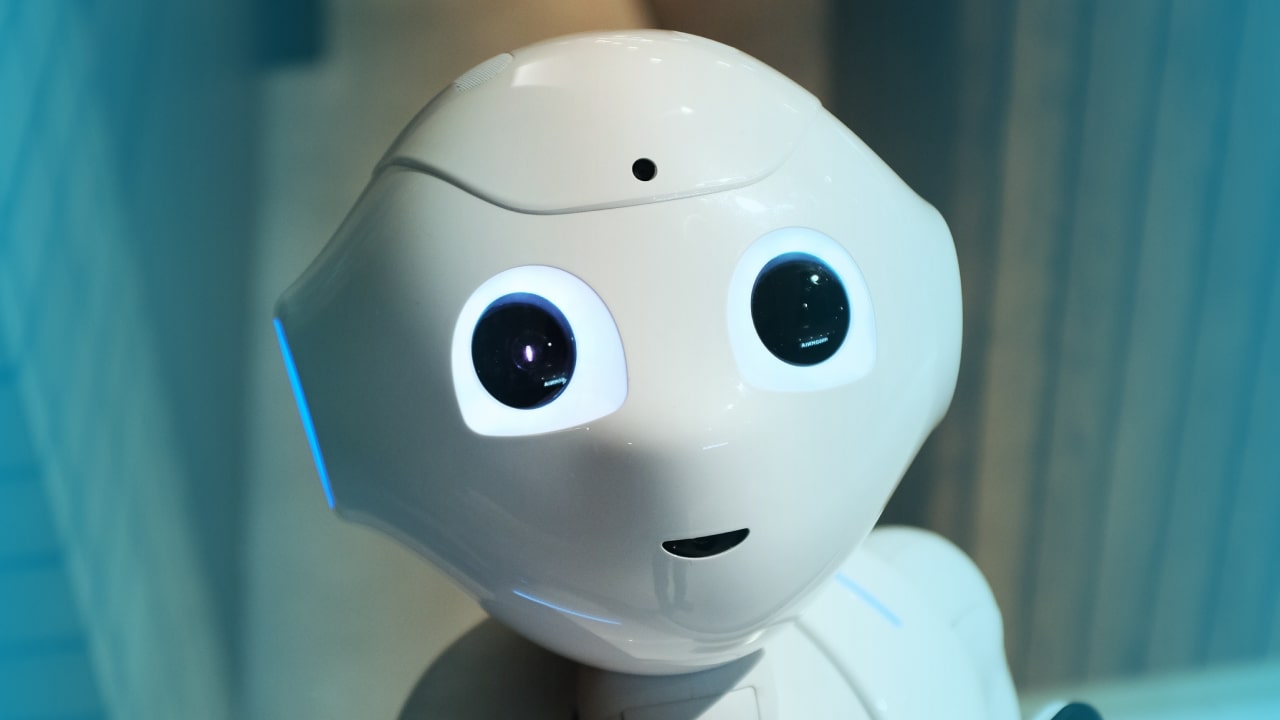AI Will Change The Face Of Art

As AI continues to evolve, its impact on the way people create art and interact with each other is still unclear. It may be a positive or negative development, depending on how it’s implemented. Many people believe that artificial intelligence (AI) will eventually replace humans in society and so there will no longer be a need for traditional forms of artistic expression. But is this true?
Let’s find out!
Artificial Intelligence: What Is It?
Artificial Intelligence (AI) is a field of study within computing that focuses on creating intelligent machines capable of performing tasks normally associated with humans. Artificial Intelligence (AI) has been used in numerous different fields, including data mining, artificial intelligence, robotics, medicine, etc.
Much of artificial intelligence (AI)’s groundbreaking technology, including natural language processing, deep learning, and predictive analytics, are well-known buzzwords. Artificial intelligence (AI) systems can understand natural languages, learn from experience, predict future events, and make decisions.
“Artificial intelligence” refers to any attempt to create an intelligent machine that mimics aspects of human thought processes. AI researchers have developed machines that perform tasks such as recognizing speech patterns, translating languages, playing chess, writing novels, composing music, and performing surgery. However, despite decades of research, no computer program has yet passed the Turing test, where a person conversing with another person believes they are talking to a human rather than a computer.
What Is The Future Of Art With AI?
Nowadays, art is often viewed as a tool for capturing a specific moment in history. However, thanks to AI, it can also serve as an artistic medium for future sci-fi concepts that couldn’t exist without AI.
Therefore, artistic production may be viewed as a means of creating an innovative product from an individual’s interpretation about his or her life and environment. Artificial intelligence can then be considered to create an interpretation of its own ideas about concepts. The resulting piece of software will likely depend on its ability to learn and the pictures it encounters. A computer program will resemble an author if they were trained on specific data sets and allowed to make decisions based on those observations.
Artificial intelligence would observe the world around it and decide what information was important enough to store and how it could best interpret it. However, just as a human author will shape his or her writing style based on the audience, so too does an artificial intelligence decide how it should write. The key distinction between artificial intelligence and a human author is that the former learns through observation whereas the latter develops his or her skills through trial and error. Just as an author will train his or her hands to wield the brush to create a painting, so too will artificial intelligence train itself to create something new.
As with any kind of artistic expression, whether it is music, literature, dance, or visual arts, the final outcome is often secondary to the discussion surrounding the project. The author must be able to explain why he or she used artificial intelligence to create a particular piece of software.
Could AI Help An Artist’s Creative Process
Many current artists’ software packages now contain basic artificial intelligence (AI) features that allow them to automate certain simple repetitive tasks. The idea is to help people use these programs faster and eliminate the requirement for tedious manual operations.
With AI and ML becoming increasingly integrated into digital painting software, new tools for artists are now available to experiment creatively and in unanticipated ways. Artists can use AI-powered tools to create something they’d never thought was possible before.
Artificial intelligence (AI) is helping creators by providing assistance in imitation and reproduction. This ability to imitate and replicate can be used for both creative purposes and for restoring works of art.
There are many people who are speculating about the upcoming emergence of a new genre called artificial intelligence (AI) or neural network (NN) arts. These new genres are created by using sophisticated algorithms.
With artificial intelligence (AI) becoming increasingly popular, we should be aware of its potential impact on our lives. For example, some people use AI to help them make their artwork more appealing and easier to understand.
Conclusion:
In recent years, scientific advancements in the field of Artificial Intelligence (AI) have enabled computers to learn and create things they’ve never seen before. AI technology allows us to make sense of what we see, hear, touch, smell, and taste, creating something entirely new out of nothing. Artwork is one such thing that can be made possible through AI. With the help of AI, we can create artwork that was previously impossible to achieve. We can also take advantage of AI to enhance our creativity and imagination.
Leave a Reply